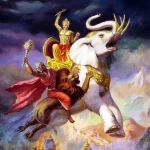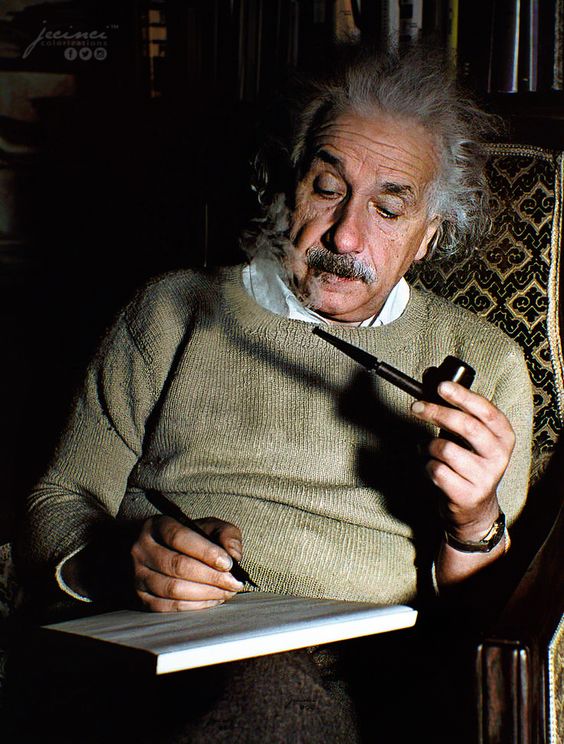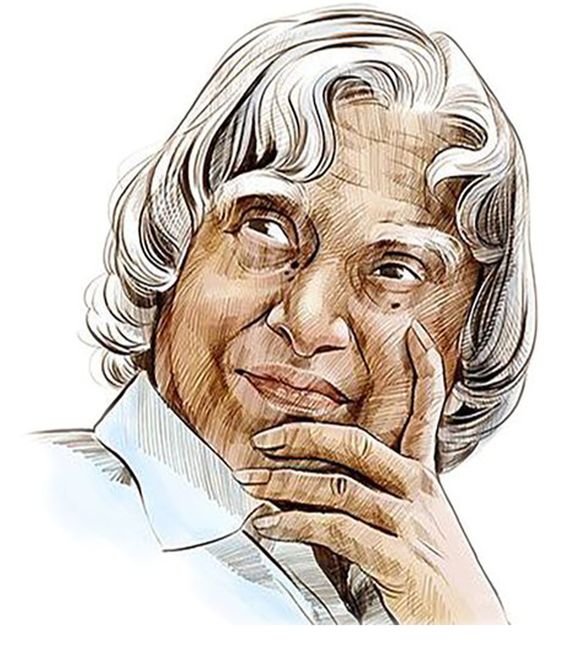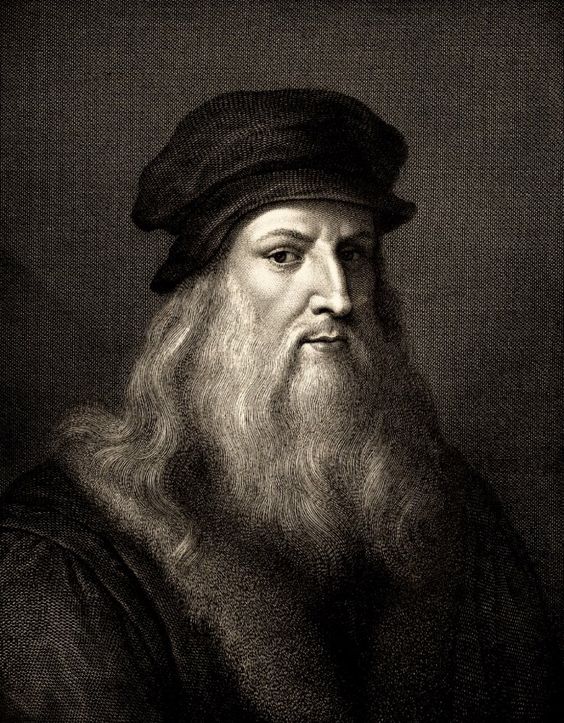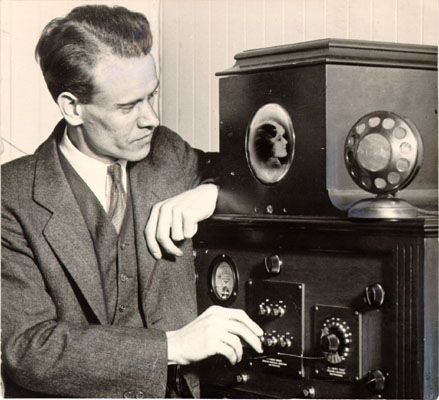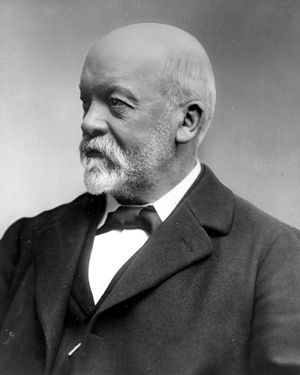Albert Einstein, born on March 14, 1879, in Ulm, Germany, was a theoretical physicist who is widely regarded as one of the greatest scientific minds in history. His groundbreaking theories and contributions to physics revolutionized our understanding of the universe.
Here is an overview of Albert Einstein’s life, achievements, and impact
- Early Life and Education: Einstein’s childhood was marked by his curious and independent nature. He displayed an early interest in science and mathematics and often engaged in self-directed learning. After completing his primary education in Germany, he enrolled at the Swiss Federal Polytechnic in Zurich, where he studied physics and mathematics.
- The Annus Mirabilis Papers: In 1905, Einstein published four scientific papers that would change the course of physics. These papers introduced his theory of special relativity, which challenged long-held beliefs about space, time, and the nature of light. The papers also addressed the photoelectric effect, Brownian motion, and the theory of relativity.
- Theory of General Relativity: Einstein’s most famous work is his theory of general relativity, published in 1915. This theory expanded on his earlier work on special relativity and provided a new understanding of gravity. According to general relativity, massive objects like planets and stars bend the fabric of space-time, causing the curvature that we perceive as gravity.
- E=mc² and Mass-Energy Equivalence: In one of his seminal equations, E=mc², Einstein showed that mass and energy are interchangeable. This equation states that energy (E) is equal to mass (m) times the speed of light squared (c²), revealing the profound relationship between matter and energy.
- Nobel Prize and Later Career: Einstein received the Nobel Prize in Physics in 1921 for his explanation of the photoelectric effect, which contributed to the development of quantum physics. However, his most significant contributions, such as the theory of relativity, were not recognized by the Nobel Committee.
- Later Life and Activism: Einstein was known for his strong social and political views. He was an advocate for pacifism, civil rights, and nuclear disarmament. As Nazi persecution intensified in Germany, Einstein left Europe and settled in the United States, becoming a professor at the Institute for Advanced Study in Princeton, New Jersey.
- Legacy and Impact: Einstein’s theories reshaped the field of physics, influencing countless scientific advancements and discoveries. His work on relativity laid the foundation for modern cosmology, astrophysics, and our understanding of the fundamental laws of the universe. Einstein’s ideas also contributed to the development of quantum mechanics and quantum field theory.
Beyond his scientific contributions, Einstein’s name has become synonymous with genius and creativity. He is widely celebrated as an icon of intellectual brilliance and unconventional thinking. His legacy continues to inspire scientists, thinkers, and individuals around the world to push the boundaries of knowledge and challenge established beliefs.
Albert Einstein passed away on April 18, 1955, leaving behind an extraordinary scientific legacy that forever transformed our understanding of the universe. His name will forever be associated with scientific genius, curiosity, and the pursuit of knowledge.
Albert Einstein, the renowned physicist, had an intriguing personal life. Here are some key aspects of his personal life:
- Family: Einstein was born on March 14, 1879, in Ulm, in the Kingdom of Württemberg in the German Empire. His parents were Hermann Einstein and Pauline Einstein. He had one younger sister named Maja.
- Marriages: Einstein was married twice. His first marriage was to Mileva Marić, a fellow physicist, in 1903. They had two sons together, Hans Albert and Eduard. However, their relationship faced difficulties, and they eventually divorced in 1919. In the same year, Einstein married his second wife, his cousin Elsa Löwenthal.
- Children: Albert Einstein had three children. His sons, Hans Albert and Eduard, were from his first marriage to Mileva Marić. Hans Albert Einstein later became a renowned engineer and professor. Eduard suffered from mental health issues and spent much of his adult life in psychiatric institutions. Einstein and Elsa Löwenthal also had a daughter named Lieserl, but little is known about her, and her fate remains a mystery.
- Scientific Collaboration: Einstein had various scientific collaborations throughout his life. His most famous collaboration was with the Hungarian physicist Leó Szilárd. Together, they developed the concept of a nuclear chain reaction, which laid the foundation for the development of atomic energy.
- Political and Social Activism: Einstein was known for his political and social activism. He strongly opposed war and actively campaigned for disarmament. He was also a vocal supporter of civil rights and fought against racism, including segregation in the United States. Einstein was a member of several organizations, including the NAACP (National Association for the Advancement of Colored People) and the International Committee of Intellectual Cooperation.
- Later Life: In 1933, due to the rise of the Nazi party, Einstein left Germany and eventually settled in the United States, where he accepted a position at the Institute for Advanced Study in Princeton, New Jersey. He spent the remainder of his career there, continuing his scientific research and writing. Einstein became a naturalized U.S. citizen in 1940.
Albert Einstein’s personal life was marked by his brilliance as a scientist, his dedication to pacifism and social justice, and his pursuit of knowledge. He left an indelible mark on the scientific community and remains one of the most iconic figures in history.




